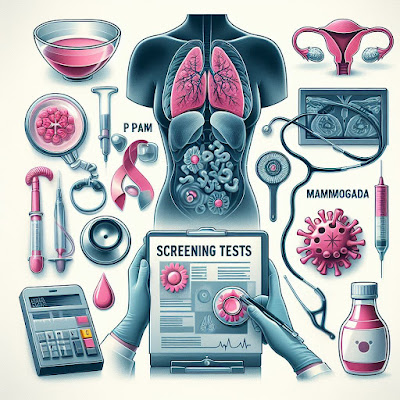Introduction: Redefining Health Through Lifestyle Modifications
In the pursuit of well-being, lifestyle modifications emerge as powerful tools, capable of transforming health outcomes and enhancing quality of life. In this comprehensive blog post, we delve into the significance of lifestyle modifications, exploring their potential to prevent disease, promote longevity, and foster holistic wellness. Join us as we uncover the science behind lifestyle changes and provide practical strategies for integrating them into daily routines.
 |
| Lifestyle Modifications |
Understanding Lifestyle Modifications: A Holistic Approach to Health
Lifestyle modifications encompass a diverse array of changes that individuals can make to improve their health and well-being. These changes typically target various aspects of lifestyle, including diet, physical activity, sleep patterns, stress management, and social interactions. By adopting healthier habits and behaviors, individuals can address underlying risk factors for chronic diseases, enhance resilience, and cultivate a foundation for long-term health.
The Impact of Diet and Nutrition on Health
Diet plays a fundamental role in shaping health outcomes, influencing everything from weight management to chronic disease risk. By prioritizing nutrient-dense foods such as fruits, vegetables, whole grains, and lean proteins, individuals can fuel their bodies with essential nutrients while minimizing the intake of processed foods, sugary beverages, and unhealthy fats. Embracing a balanced and varied diet rich in plant-based foods can not only support physical health but also contribute to mental well-being and cognitive function.











